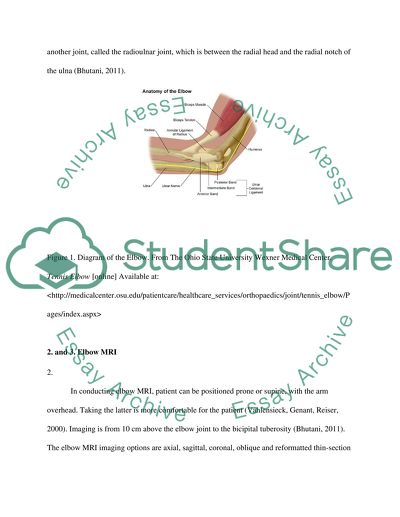Cite this document
(Fundamental Musculoskeletal MRI Coursework Example | Topics and Well Written Essays - 1750 words, n.d.)
Fundamental Musculoskeletal MRI Coursework Example | Topics and Well Written Essays - 1750 words. https://studentshare.org/medical-science/1591358-fundamental-musculoskeletal-mri
Fundamental Musculoskeletal MRI Coursework Example | Topics and Well Written Essays - 1750 words. https://studentshare.org/medical-science/1591358-fundamental-musculoskeletal-mri
(Fundamental Musculoskeletal MRI Coursework Example | Topics and Well Written Essays - 1750 Words)
Fundamental Musculoskeletal MRI Coursework Example | Topics and Well Written Essays - 1750 Words. https://studentshare.org/medical-science/1591358-fundamental-musculoskeletal-mri.
Fundamental Musculoskeletal MRI Coursework Example | Topics and Well Written Essays - 1750 Words. https://studentshare.org/medical-science/1591358-fundamental-musculoskeletal-mri.
“Fundamental Musculoskeletal MRI Coursework Example | Topics and Well Written Essays - 1750 Words”. https://studentshare.org/medical-science/1591358-fundamental-musculoskeletal-mri.


